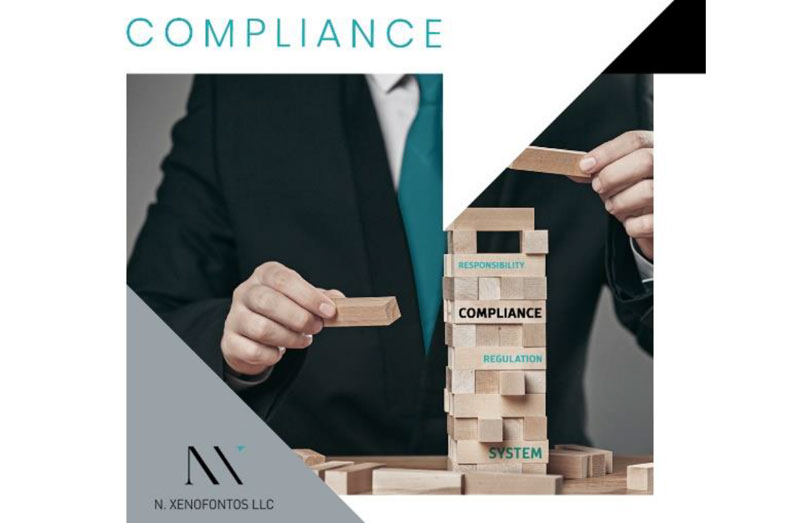
- Jul 06, 2021
Introduction
Companies, organisations, lawyers, auditors, accountants and service providers of all sizes and in all industries are facing increasing regulatory and self-regulatory requirements. The challenges inherent in meeting regulatory compliance obligations are exacerbated in today’s world, where corporate information continues to grow exponentially in volume, increase in variety and move with greater velocity.
While conventionally subject persons have focused their efforts on the identification and verification of the client and the underlying beneficial owner/s, less importance has been placed on understanding the Money Laundering and Financing of Terrorism (ML/FT) risk relating to the customer’s business activity, the source of wealth (‘SoW’) and the source of funds (‘SoF’).
The principal and definitive objective when reviewing a client’s SoW and SoF is to get reasonable assurance that the client’s wealth and/or proceeds from a transaction are not derived from criminal activity. This process is dependent on various factors, including the customer risk assessment, client screening, the nature and purpose of the business relationship, and the nature and size of the transaction.
Determining Source of Wealth
While it is customary and for good practice, due diligence procedures are untaken prior to establishing a business relationship and on-boarding a new client. Naturally, due diligence questionnaires will have a section requesting the potential client to complete his SoW and SoF, in detail. Reviewing though the SoW and SoF is not enough to be done only at the beginning of a business relationship but should also be monitored throughout the business relationship.
When we refer to SoW, we mean the overall wealth of a client. Identifying the overall wealth of an individual does not only entail obtaining a statement of affairs of the client, but more importantly, to understand the actual source of all the wealth.
That said, assessing both the SoW and SoF required subjective judgment by looking into information by obtaining supporting documents in relation to the client’s employment history, business involvements, investments, inheritance, property ownership, gifts, employment bonuses, divorce settlements, just to mention a few.
If the client is a natural person and depending on the client’s risk assessment and bearing in mind the business relationship, you may need to request further information and take measures to verify the SoW. Such measures, could for example, obtaining copies of tax returns statements, copies of payslips, title deeds, proof of dividends according to the items listed in the questionnaire relating to the SoW.
On the other hand, the SoW for a corporate client can typically be verified from the audited financial statements of the entity. Once again, depending on the client’s risk assessment, and the nature and purpose of the business relationship, further information may be requested to substantiate the source of wealth. This could include asking for further information on significant related party and / or shareholder advances. To confirm historical operating profits of the entity, financial statements relating to prior years could also be requested.
Assessing Source of Funds
SoF refers to the transactions carried out by the client during the course of the business relationship and the origin of monies in a transaction. To this end, obliged entities required to perform due diligence and on-going monitoring (e.g. unusual transactions not within the usual business activities of the client) should have in place appropriate systems in order to adequately monitor, on a risk basis, the activity of the clients.
This is imperative to understand where the monies from a specific transaction derived from to verify that such monies did not derive from any criminal or dodgy activity. It is not enough to merely identify the source but also to consider the medium through which the funds were transferred (e.g., bank transfers, cash payments, debt assignments, crypto assets), the remitter or the beneficiary as well as the jurisdictional risk from where the monies were received (e.g., high risk country, blacklisted country) and the actual economic basis for the transaction.
Final Comments
Client due diligence is an ongoing process, it endures for the duration of the business relationship. The use of judgment in deciding how much information is required to corroborate a client’s SoW. If the customer provides a legitimate and plausible (i.e. reasonable) explanation which aligns with the overall KYC information obtained about them, further verification or requests for more information may not be needed.
At the end of the day, the verification of the SoW and SoF should not be carried out in a rulesbased context or by ticking off a checklist. The parameters should be risk-based and focused on the underlying ultimate objective of obtaining reasonable assurance that the funds used in a business relationship do not derive from the proceeds of criminal activity and should be assessed on a case-by-case basis.
Our Services
- Corporate Governance
- Regulatory Reporting
- Advice on Anti-Money Laundering requirements
- Advice on GDPR requirements
- Designing and executing compliance policies and procedures
- FATCA & CRS Reporting & Assistance
- Legal Due Diligence, Financial Due Diligence, Due Diligence Reports and Assessments
- Undertaking AML, KYC and DD procedures
- Drafting AML Manuals, Client Due Diligence Checklists
